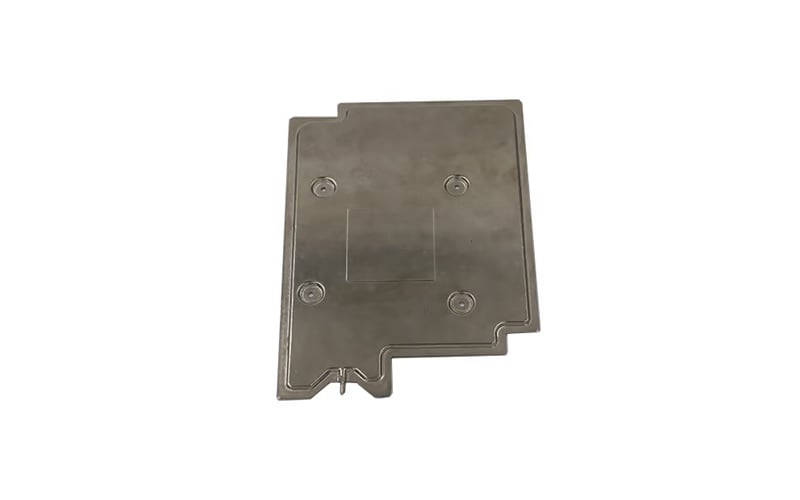What is a Vapor Chamber Structure?
A vapor chamber structure is a key component used in electronic devices to enhance heat dissipation. It consists of a sealed chamber filled with a small amount of liquid that vaporizes when heated, absorbing and transferring heat away from the source.
How Does a Vapor Chamber Work?
When the electronic device generates heat, the liquid inside the vapor chamber evaporates and moves to cooler areas, condensing back into liquid form. This cycle continues, efficiently spreading heat throughout the chamber and ultimately dissipating it into the surrounding environment.
The Benefits of Using Vapor Chamber Structures
Vapor chamber structures offer several advantages over traditional cooling methods, including faster heat dissipation, uniform temperature distribution, and decreased device operating temperatures. This leads to improved performance and reliability.
Types of Vapor Chamber Structures
There are various types of vapor chamber structures, such as flat and grooved vapor chambers. These types differ in design and performance, catering to specific cooling needs in different electronic devices.
Design Considerations for Vapor Chamber Structures
When designing a vapor chamber structure, factors such as material compatibility, pressure levels, and desired thermal performance must be taken into account. Proper design ensures optimal heat transfer and efficiency.
Applications of Vapor Chamber Structures
Vapor chamber structures are commonly used in high-performance electronic devices, such as gaming computers, smartphones, and servers. They play a crucial role in preventing overheating and maintaining device longevity.
Comparing Vapor Chambers to Heat Pipes
While both vapor chambers and heat pipes are used for thermal management, vapor chambers offer higher thermal conductivity and better heat spreading capabilities. Heat pipes are more suitable for smaller devices with limited space.
Future Trends in Vapor Chamber Technology
As electronic devices continue to evolve and become more powerful, the demand for advanced cooling solutions like vapor chambers is expected to rise. Innovations in materials and manufacturing processes will further enhance the efficiency of vapor chamber structures.
Challenges in Implementing Vapor Chamber Structures
Despite their numerous benefits, vapor chamber structures pose challenges in terms of cost, complexity, and integration into existing device designs. Overcoming these challenges requires careful planning and expertise in thermal management.
Conclusion
In conclusion, vapor chamber structures are a cutting-edge solution for efficient heat dissipation in electronic devices. Understanding their design, working principle, and applications is essential for maximizing the performance and lifespan of modern electronics.vapor chamber structure explained, vapor chamber benefits, vapor chamber applications, heat dissipation technology The Ultimate Guide to Vapor Chamber Structure Explained Learn all about vapor chamber structures, their working principle, benefits, and design considerations for efficient heat dissipation in electronic devices.

